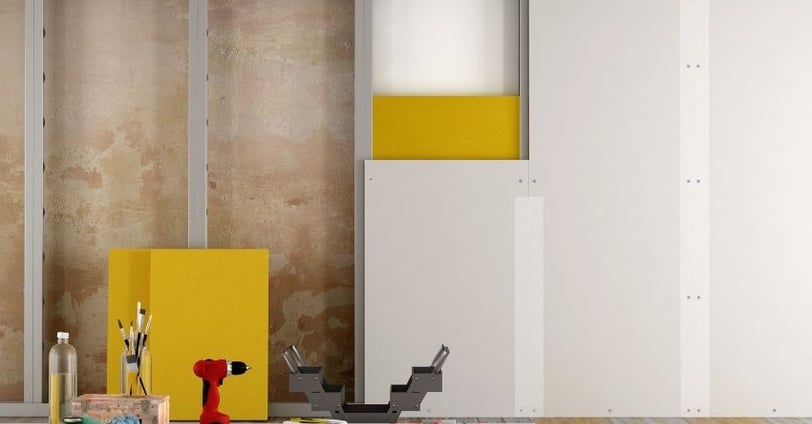Drywall Installation: Best Practices and Tips
Detailed insight into drywall materials, installation techniques, common issues, and expert solutions for a flawless finish.
3/6/20252 min read


Drywall Installation: Best Practices and Tips
Drywall is an essential component of modern construction, providing a smooth, durable surface for walls and ceilings. Whether you're working on a new build or renovating an existing space, proper drywall installation is key to achieving a seamless and professional look.
Common Drywall Types
Standard Drywall: The most commonly used drywall for general indoor applications.
Moisture-Resistant Drywall (Green Board): Ideal for bathrooms and kitchens where humidity levels are high.
Fire-Resistant Drywall (Type X): Used in commercial spaces and multi-family housing to enhance fire safety.
Soundproof Drywall: Designed with extra layers to minimize noise transmission between rooms.
Step-by-Step Drywall Installation Guide
Measure and Cut the Drywall Sheets: Use a tape measure to mark the correct dimensions, then score and snap the drywall for precise cuts.
Position and Secure the Panels: Attach the drywall to wall studs using drywall screws, ensuring even spacing for stability.
Apply Joint Tape and Compound: Cover the seams with joint tape and spread joint compound over them, feathering the edges for a smooth transition.
Sand the Surface Smooth: Once the compound dries, sand the area until it is even and seamless.
Prime and Paint: Apply a primer before painting to ensure even absorption and a flawless finish.
Troubleshooting Common Drywall Issues
Cracking at the Seams: This can be caused by movement in the wall framing. Using fiberglass mesh tape can help prevent cracks.
Screw Pops: If drywall screws push through the surface, remove the screw, reinsert it slightly away from the original hole, and apply joint compound over it.
Uneven Joint Compound Application: Sanding between coats and feathering the edges can help achieve a smooth finish.
Water Damage: If drywall becomes damp, cut out the affected section and replace it with new drywall to prevent mold growth.
By following these best practices, you can ensure a high-quality drywall installation that enhances the overall durability and appearance of your space. El Viejon LLC specializes in expert drywall services, providing smooth and professional finishes for homes and businesses alike.
Drywall is an essential component of modern construction, providing a smooth, durable surface for walls and ceilings.
Common Drywall Types
Standard Drywall: For general indoor use.
Moisture-Resistant Drywall: Ideal for bathrooms and kitchens.
Fire-Resistant Drywall: Used in commercial spaces and multi-family housing.
Drywall Installation Tips
Measure and cut drywall sheets accurately.
Use quality screws and space them evenly.
Apply joint compound smoothly for a seamless finish.
Sand and prime before painting.
CONTACT US
EMAIL:
FOLLOW US ON SOCIAL MEDIA
SUBSCRIBE TO OUR NEWSLETTER
CALL:
HOURS:
Mon-Sat
5:00AM-8:00 PM
COPYRIGHT © 2025 EL VIEJON LLC CONSTRUCTION.


